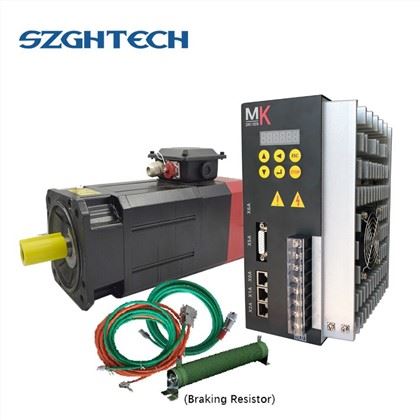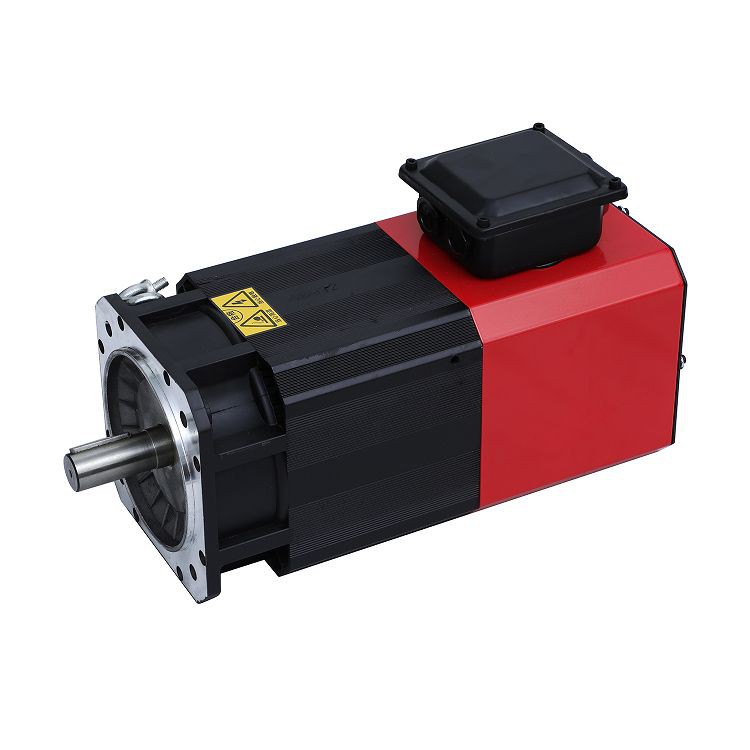
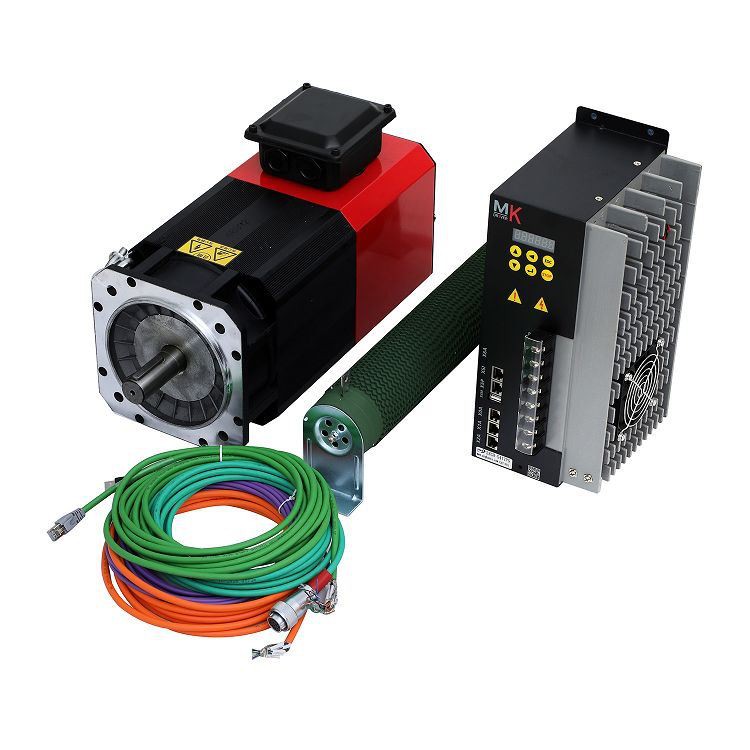
▶ Features:
1)Support Speed Mode: Analog Input(0~10V/±10V)/Pulse+Direction/CW+CCW/mBUS
2) Support Position Mode: Analog Input(0~10V/±10V)/Pulse+Direction/CW+CCW/mBUS
3)Support 2nd Encoder Input(X6A) Type of encoder: Photoelectric / Sincos /BISS modbus encoder
4) Orientation Function: Digital Input/Output: NPN/PNP type
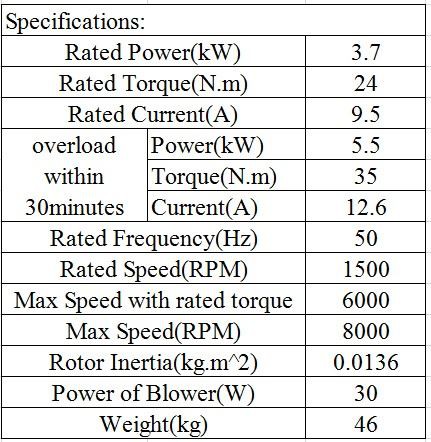
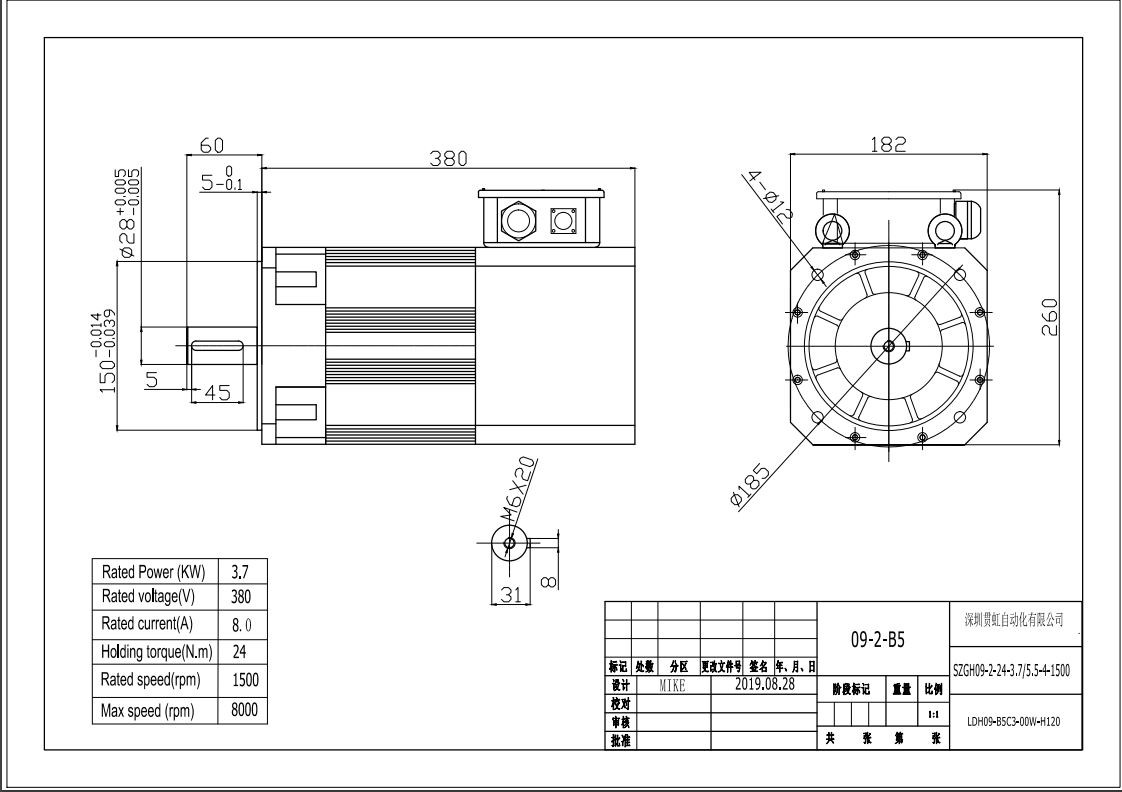
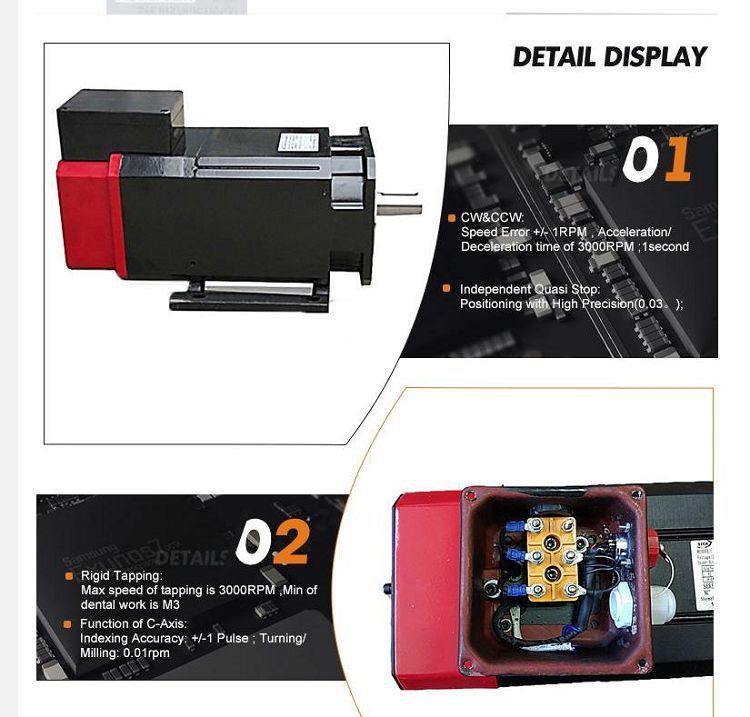
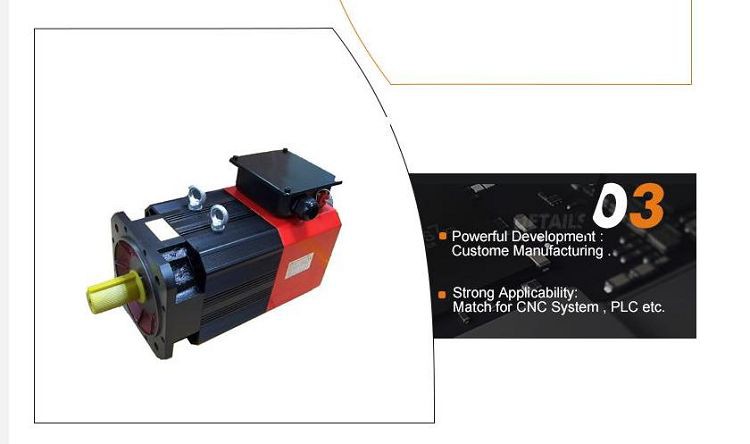
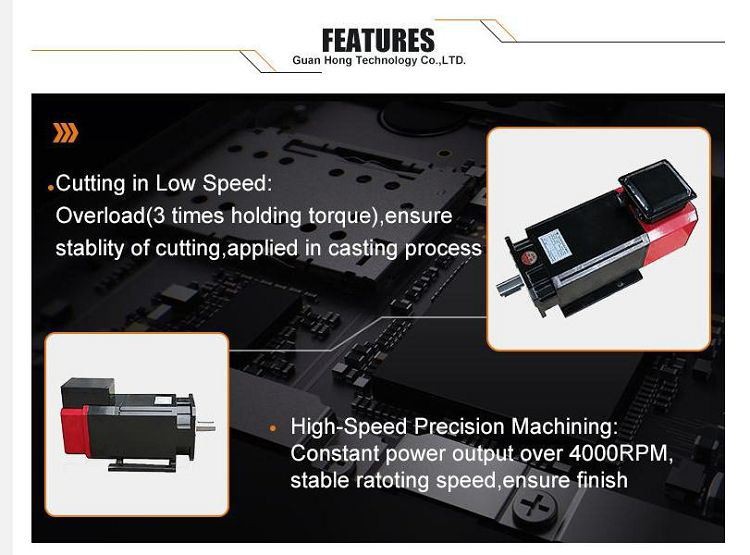
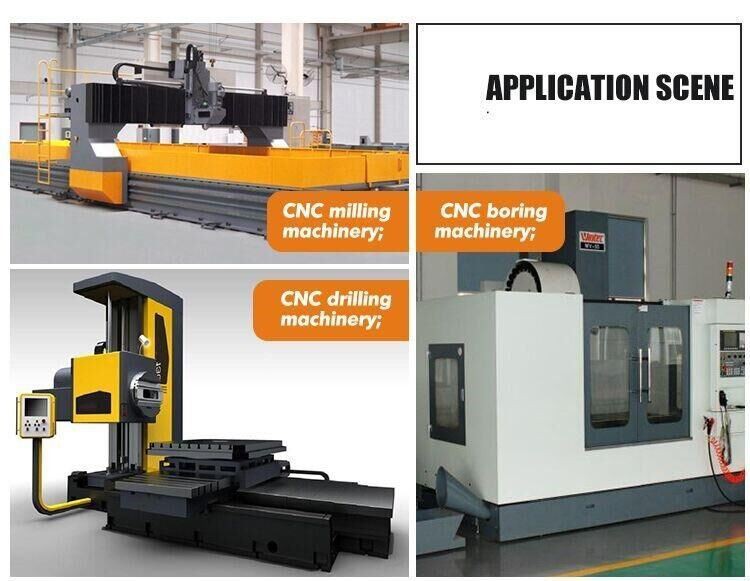
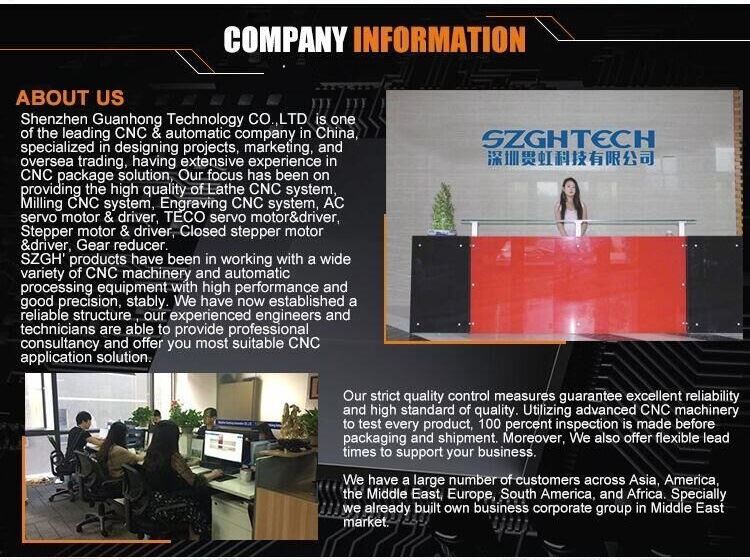
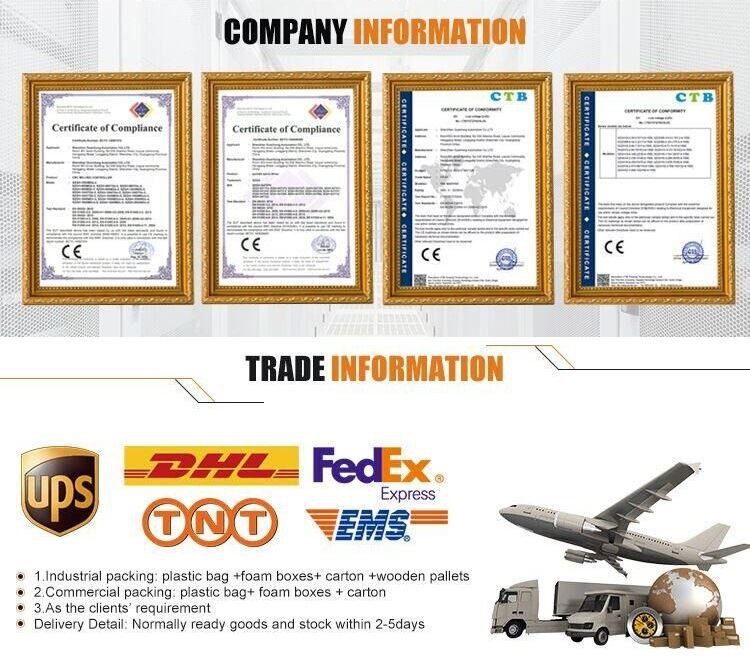
FAQ
1. When can I get the quotation?
We usually quote within 3 hours after we get your inquiry. If you are very urgent to get the price, please tell us so that we will regard your inquiry priority.
2.What is your terms of delivery?
EXW, FOB, CIF, etc.
Q: How long is your delivery time?
A: The general delivery time is 4-6 days after receiving your order confirmation. , if we have the goods in stock, it will only take 1-2 days.
Q: Do you provide sample? Is it free?
A: If the sample is low value, we will provide the free sample with freight collect. But for some high value samples, we need to collect the sample charge.
If you have any need , please feel free to contact me !


